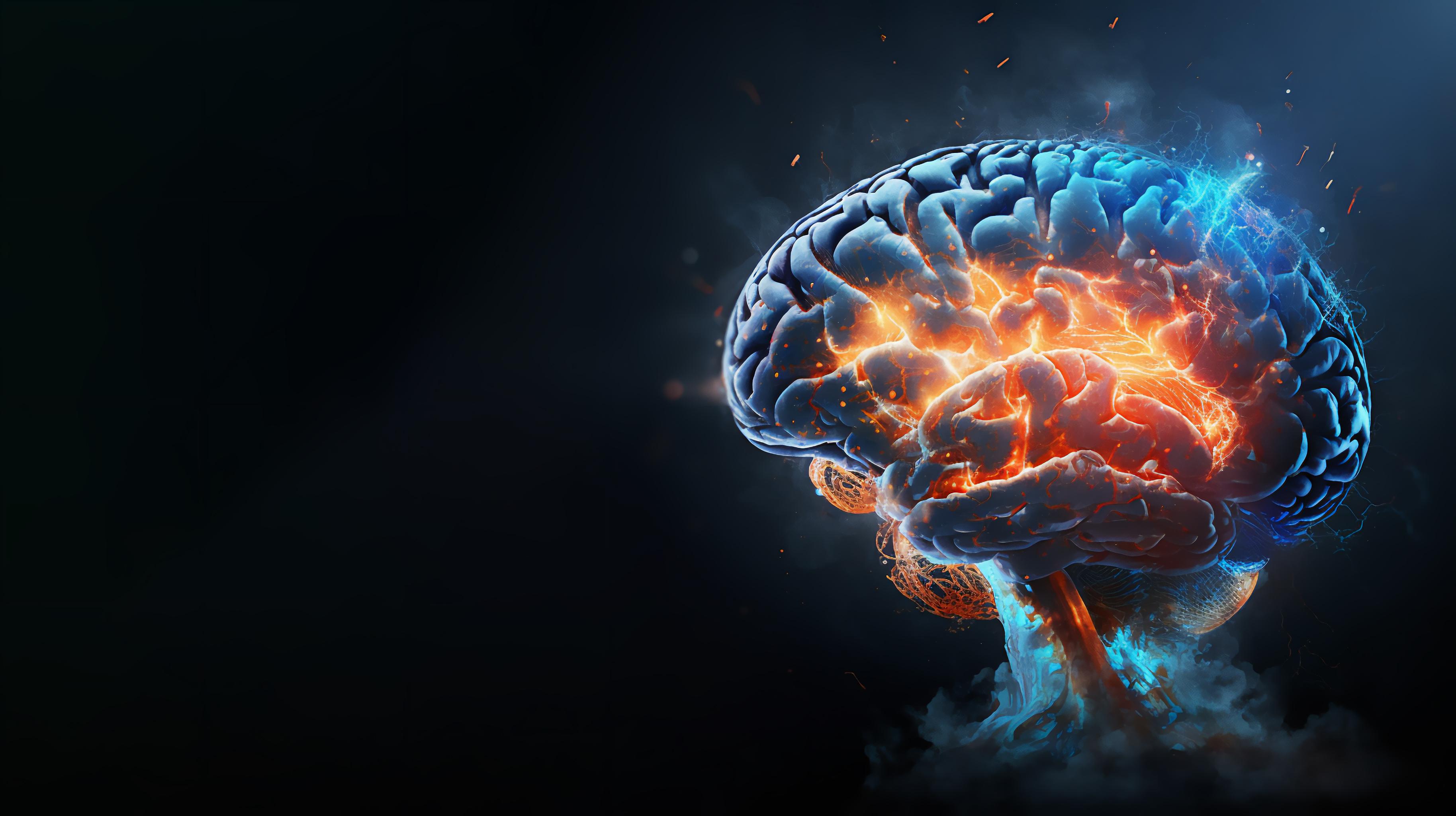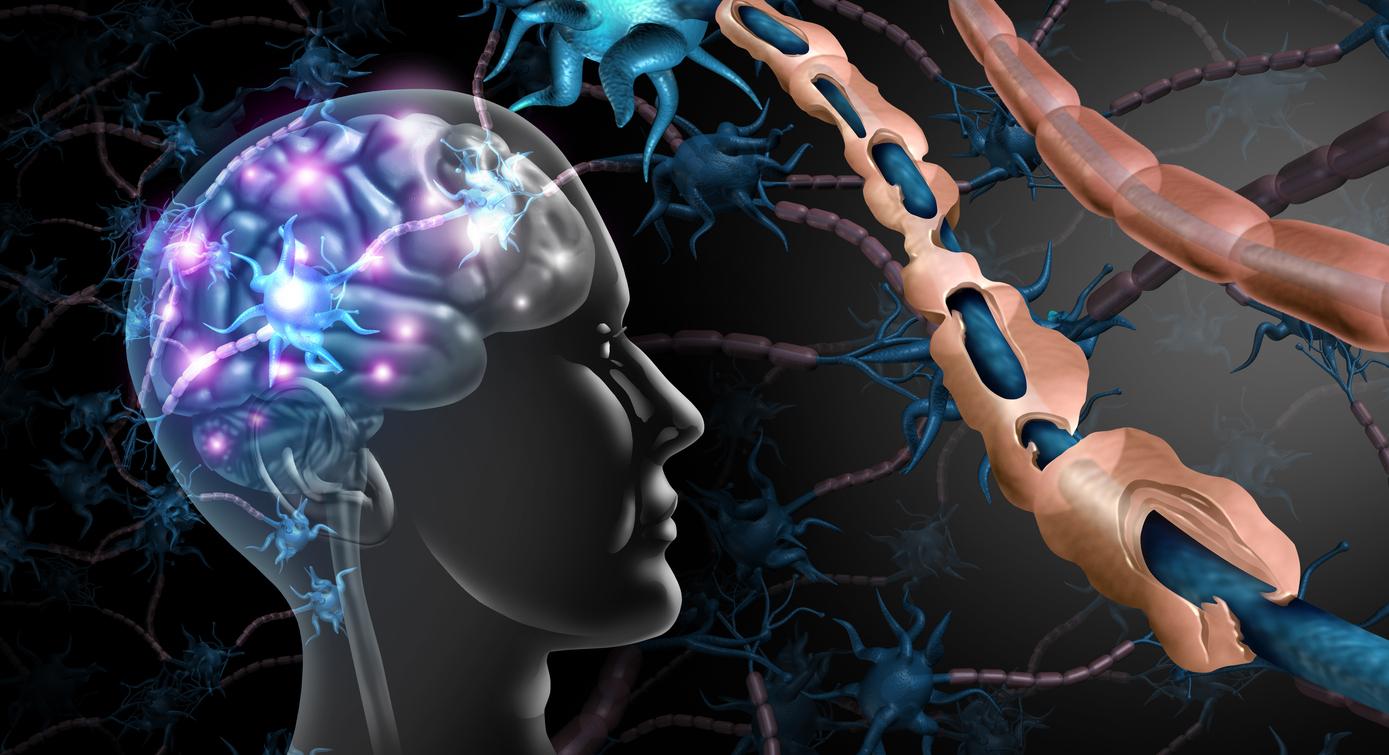Drinking gold nanocrystals could one day cure Parkinson’s disease and multiple sclerosis.

- To function, the brain needs a coenzyme called nicotinamide adenine dinucleotide (NAD) which exists in two forms: an oxidized form (NAD) and a reduced form (NADH).
- In a patient with multiple sclerosis or Parkinson’s disease, this brain “fuel” weakens much more quickly over time than in healthy people.
- To put an end to this phenomenon, scientists successfully tested gold nanocrystals.
Gold nanocrystals could have a potentially positive impact on Parkinson’s disease and multiple sclerosis according to a new try published in the Journal of Nanobiotechnology.
“We are still cautious, but we believe that this strategy could one day allow us to prevent or even reverse certain neurological disabilities,” said Dr. Peter Sguigna, professor of neurology and researcher at the Peter O’Donnell Jr. Brain Institute.
To function, the brain needs a coenzyme called “nicotinamide adenine dinucleotide (NAD)” which exists in two forms: an oxidized form (NAD+) and a reduced form (NADH). In a patient suffering from multiple sclerosis or Parkinson’s disease, this “fuel” of the brain weakens much more quickly over time than in healthy people. To stop this phenomenon, scientists decided to test gold nanocrystals.
Parkinson’s and multiple sclerosis: gold nanocrystals drunk for 3 months
Concretely, 24 patients were recruited for this purpose. 11 patients with multiple sclerosis were enrolled in a trial called REPAIR-MS, and 13 patients with Parkinson’s disease were enrolled in another trial called REPAIR-PD. After having scans to assess their NAD+/NADH ratios and other indicators of brain energy metabolism, they all drank a daily dose of gold nanocrystals for 12 weeks.
By the end of the trial, participants’ brains had experienced an average increase of 10.4% in the activity of both forms of nicotinamide adenine dinucleotide (NAD+/NADH), providing evidence that the treatment had the effect discount.
Parkinson’s patients also reported improvement in some of the motor symptoms, suggesting that gold nanocrystals could have a real impact on their quality of life. These data are still being evaluated regarding multiple sclerosis.
None of the participants reported serious side effects.

Parkinson’s and multiple sclerosis: since when have gold nanoparticles been used?
Used in the medical world since the 1990s, the gold nanoparticle contains several million gold atoms which form an assembly whose size varies from 1 to 100 nanometers (nm).
272,500 people suffer from Parkinson’s disease in France, and 110,000 suffer from multiple sclerosis. These two diseases are, as they progress, extremely disabling.















